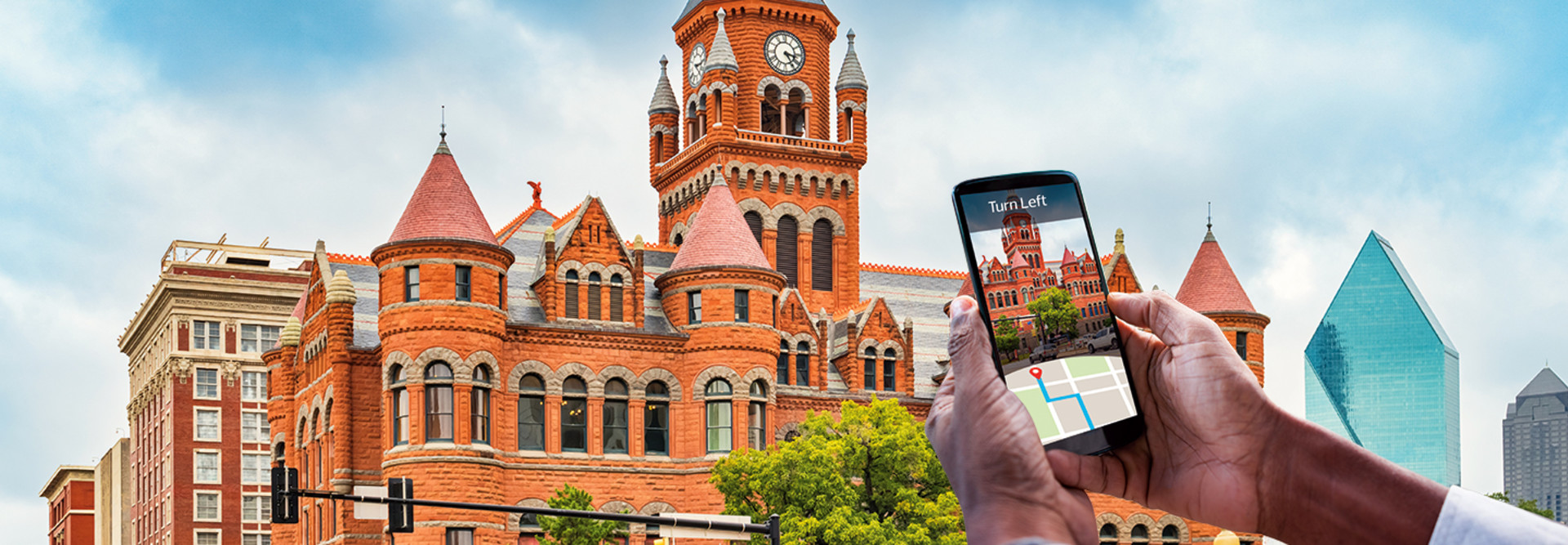How Digital Municipality Modernizes Cities
When life slowed down during the height of the COVID-19 pandemic, Coral Gables, a town just outside of Miami, helped keep children stuck at home entertained through an AR app championed by the Community Recreation Department, says Raimundo Rodulfo, the city’s director of innovation and technology and chief innovation officer.
Coral Gables has been developing a new mobile digital experience platform that will incorporate AR. The city is evaluating system integrators for the project. However, to save money, Coral Gables develops as much of its own technology as possible, including analytics and Internet of Things capabilities, Rodulfo says.
“We work with small and medium-sized vendors and Big Tech companies, but we engage them only when we have a gap,” Rodulfo says.
Coral Gables uses Amazon Web Services as a main cloud hosting and integration provider for its enterprise systems and digital experience platforms.
In a demonstration over Zoom, Rodulfo positioned his smartphone camera over a brochure to play a video highlighting information about Coral Gables. Users see an AR icon in the mobile app. When they point their phones at the brochure, a play button lets them launch a video about the city’s history and smart city journey.
Coral Gables uses AR that combines computer vision algorithms with location-aware GPS to capture which direction a user’s device is pointing. The city’s geographic information systems lab is testing some of these technologies along with digital twin use cases. Rodulfo compares the technology to commercial gaming apps, in which users see characters and avatar images in their real-world surroundings around town.
In 2025, Coral Gables will celebrate its centennial, and Rodulfo plans for AR to offer information about the city’s landmarks. “If you point the camera at a landmark like city hall, which is a historic building, you will get all the metadata and information in rich media about that location,” he says.
EXAMINE: How digital twins help cities study operations of infrastructure systems.
The Yellow Brick Road to Augmented Reality
Frisco, a growing city of 226,000 people, has developed an AR plan to enhance residents’ views of city spaces. The city is building a new, 150,000-square-foot public library, which will be completed in 2023. Frisco is turning to AR to help citizens find their way around the library, which is about the size of a Walmart Supercenter.
Visitors will scan a QR code with their phones to pull up the city’s mobile app. They will then experience a “yellow brick road-type feature” that helps people navigate around the library to areas such as the children’s section, the adult reading room or maker’s spaces, Cooley says.
The AR functionality will allow visitors to pan upstairs to reading rooms to see if study areas are reserved. The features also could inform visitors of hidden library amenities. “You might not know that we have a 3D printer here,” Cooley says.
The same app will also help citizens navigate around a park to find landmarks such as art pieces, he says. It will provide multidirectional help by panning left or right or 360 degrees, to let users see the elements of the park. AR features will allow users to see elements of walking trails along the way and include descriptions of historical homes and wildlife.
EXPLORE: How smart city leaders are breaking down data silos.
Vendor Testing for the Future
Frisco is vetting tech vendors for the AR app, Cooley says. First, vendors run the technology by Cooley. Next, he brings in department directors to determine what they will need.
“We go through a pretty stringent process of screening things out before we get to the point of trying to pay for an app to actually implement it,” Cooley says.
The library features should be finished by the first quarter of 2023. The city is still in the early stages of developing the AR app, but Cooley sees a real benefit in the technology: “We feel really strongly that the technology is there and that we are willing to move forward with it, because we think it will provide an enhanced level of service to our citizens.”











